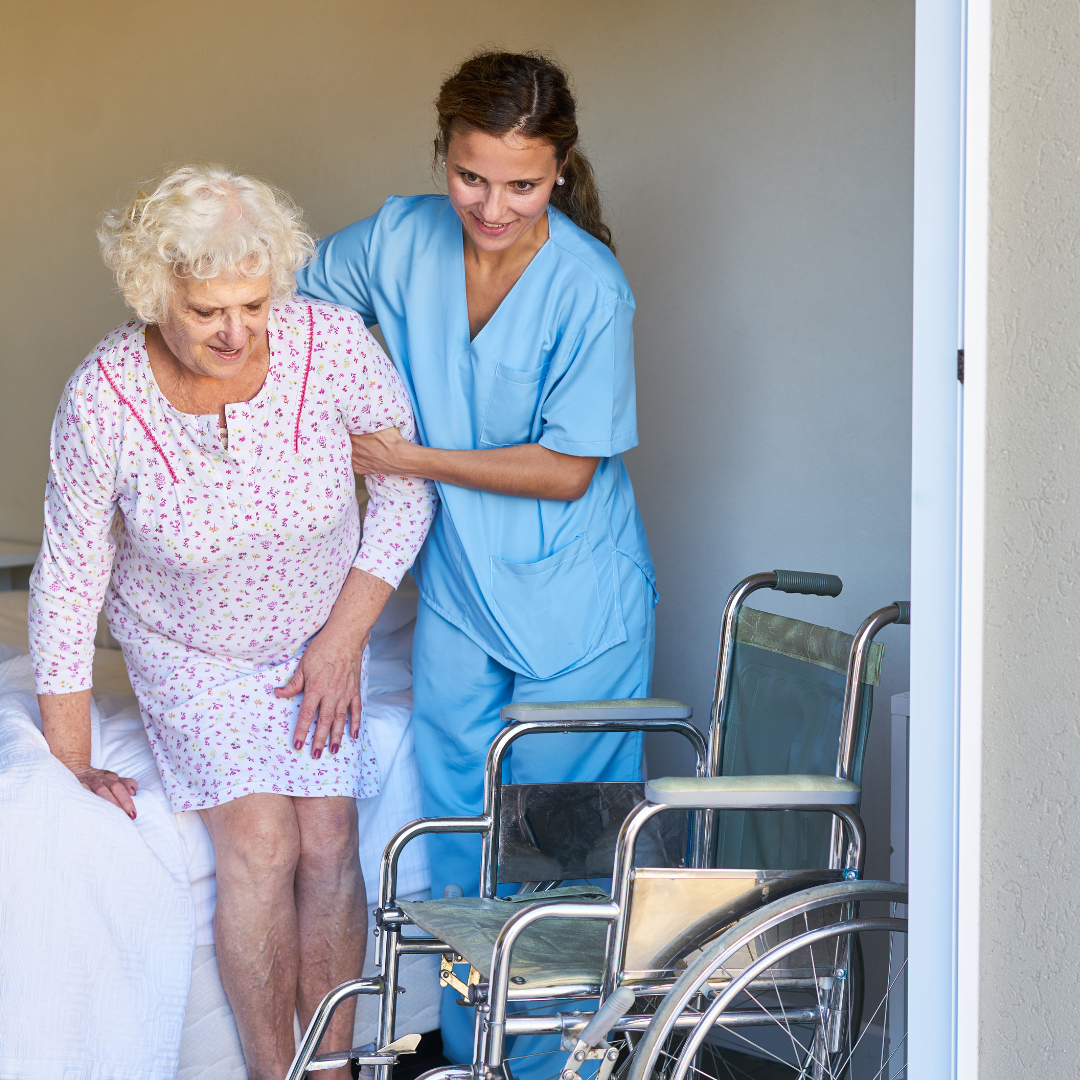What is a multi-skilled worker?
A multi-skilled worker in a non-unionized environment is fairly straightforward: Staff can be assigned to fulfill whatever functions they are licensed and competent to provide (such as a licensed practical nurse – LPN) and are reasonably accountable and available to perform within their role or job description. For example, an LPN could provide a bath to a resident despite bathing being more commonly managed by health care aides (HCAs).
Unionized workers, however, tend to be governed by more restrictive collective agreements about which functions or roles belong to which employee groups — and how much crossover is permitted within the terms of a collective agreement. Many agreements also restrict the ability of staff to work outside of their home site because despite having the same employer, each site an operator manages might have a separate bargaining unit or collective agreement.
Professional practice regulations can also restrict the relationship between workers. For example, a registered nurse (RN) can’t be clinically accountable to an LPN due to their differing levels of academic training and regulated scope of practice.

Roles fulfilled by multi-skilled workers
Smaller care homes, such as in rural areas or group home-type care facilities, often have too few residents to justify a rigid delineation of staff roles. Otherwise, the care home might have staff scheduled based on a narrow role that only needs to be performed periodically — and the worker is otherwise idle for much of their shift.
In these small care environments, it’s efficient and cost-effective for there to be some crossover within care roles, like an LPN performing some functions that might normally be fulfilled by an HCA. Similarly, there can be crossover between care and hospitality functions — such as an HCA preparing meals or doing laundry.
Multi-skilled workers benefit from the ability to work to the full scope of their practice and to be directly involved in more aspects of care delivery and managing a care home environment. For some workers, this is a work environment that is exceptionally fulfilling and varied.
A multi-skilled workforce allows the care home to meet resident needs 24/7 with an appropriate number of staff who are flexible in the roles they perform. It provides the operator with additional options when fulfilling shifts during staff vacations or absences, and helps meet overnight staffing requirements when residents are sleeping but still need staff available on an as-needed basis. Flexible staffing is an efficient way to deliver services in small care environments.

Challenges with multi-skilled-worker models
The concept of a multi-skilled workforce is well suited to environments where all staff belong to the same union, or at the time bargaining units and collective agreements are being initially set-up. The model is also amenable to non-unionized environments.
In a unionized workforce, close collaboration with labour unions is an essential underpinning of adopting a multi-skilled workforce. There must be clear expectations and accountabilities on the part of the employer and staff, and full support of the union(s) involved. Several CHAA operators have initiated discussions with labour groups to understand the opportunities and challenges are involved, and to identify the environments and care staff that might be attracted to this model of care delivery.

Related Content
Learn more about why working in not-for-profit is different.

Quality of life
Quality of life is largely determined by the sense of family and shared values within facility-based living.

Leadership on pandemic protocols
CHAA operators served as advisors and influencers to public health officials on the optimal infection prevention and control measures throughout the pandemic.

Facility based review
Alberta took on the ambitious task of reviewing our entire continuing care system through a comprehensive, year-long review. Here’s what the final report recommends.
